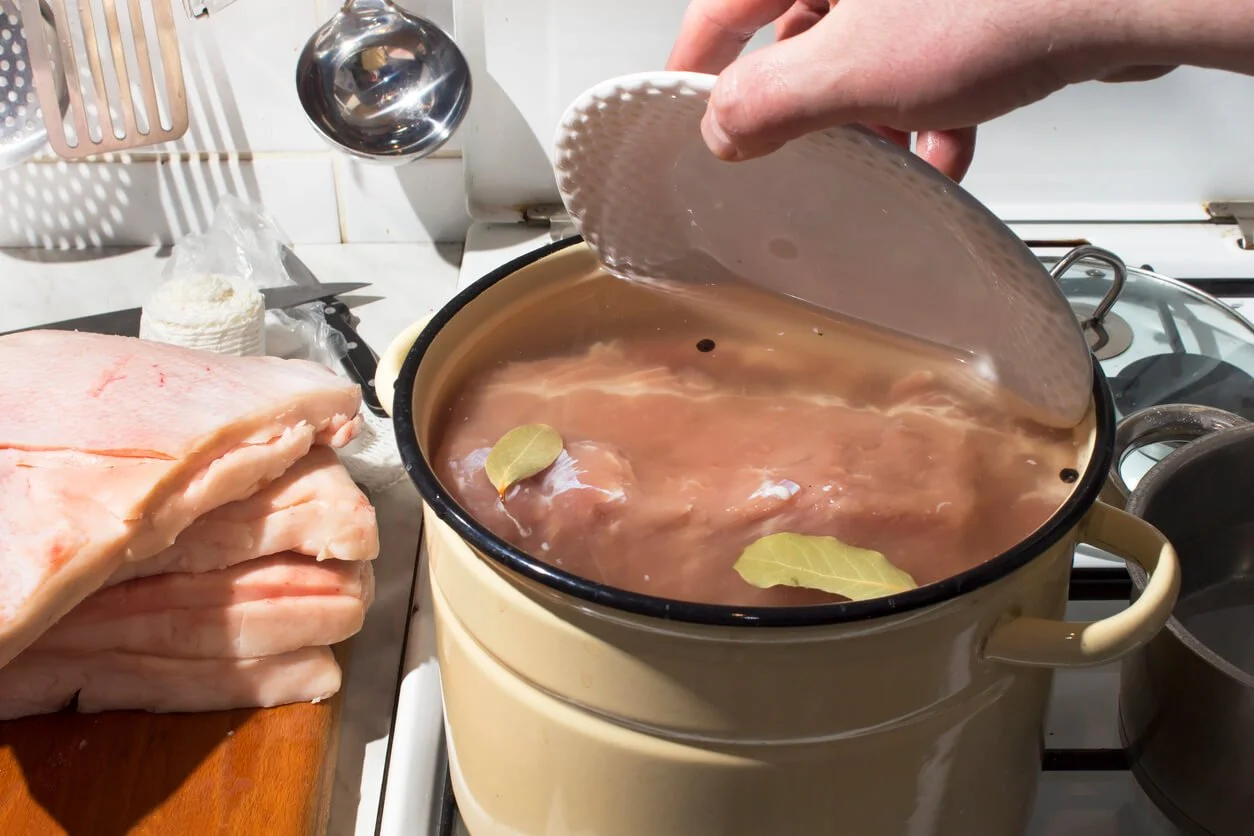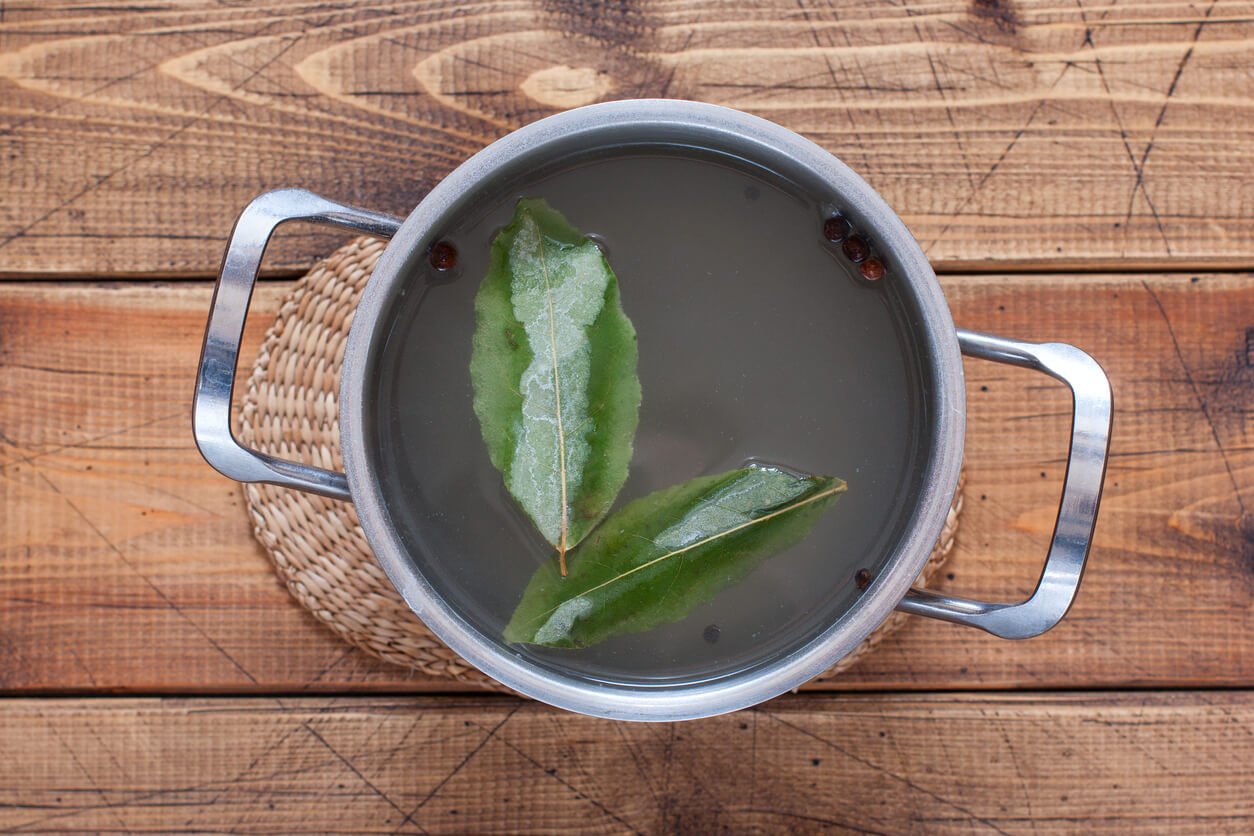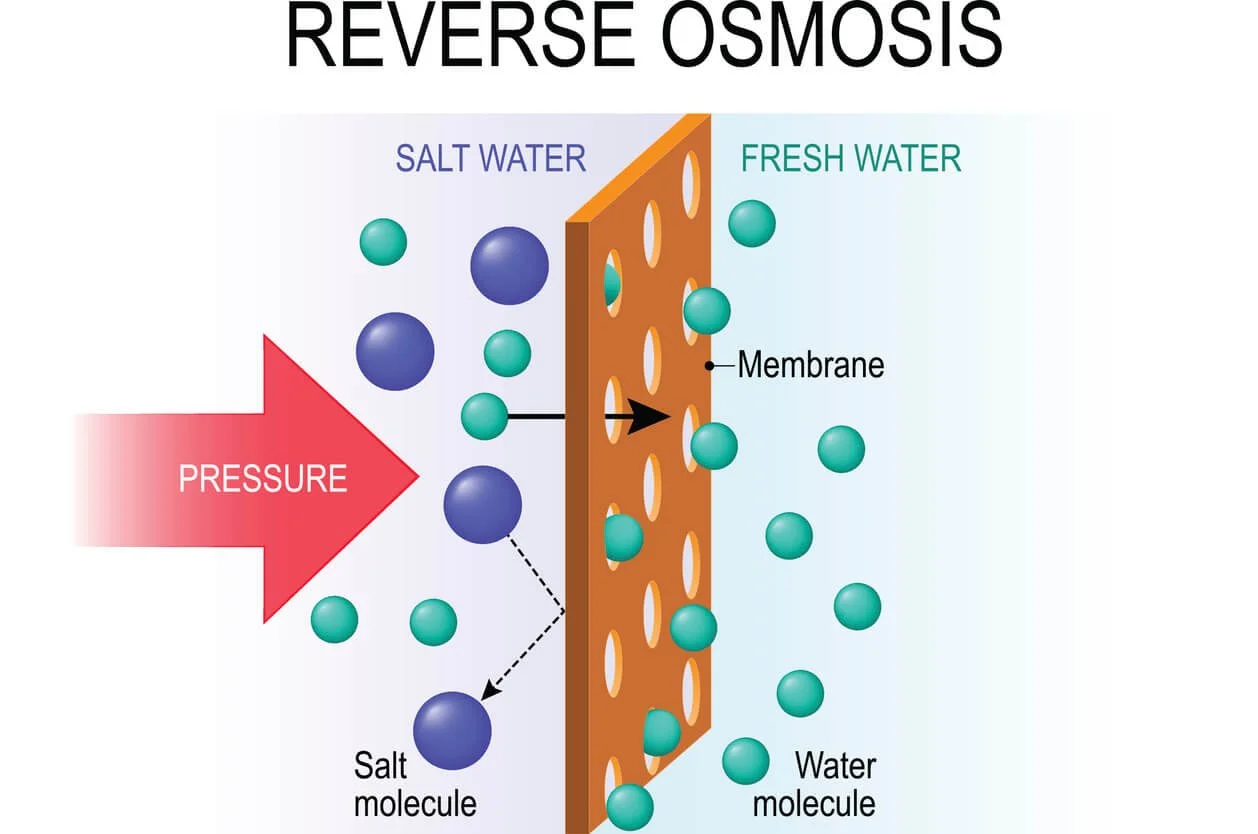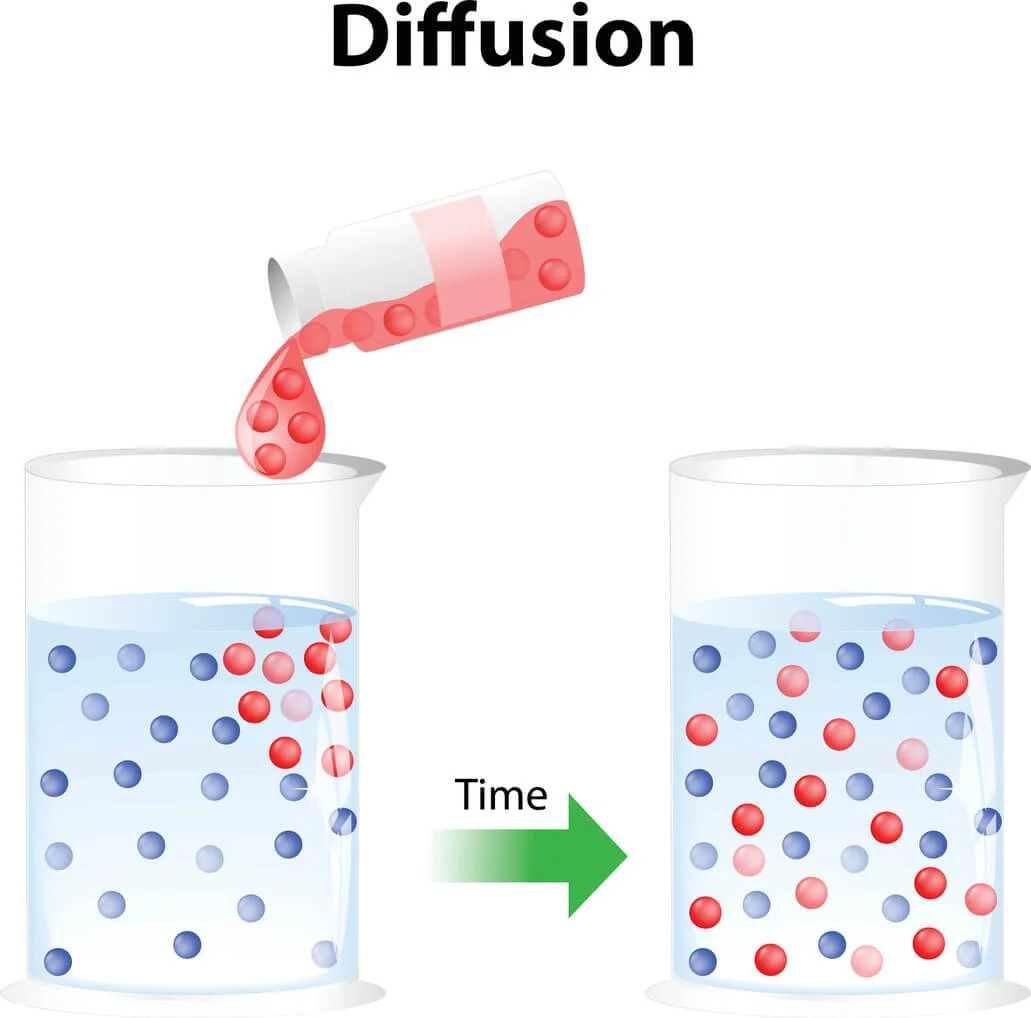The Facts Behind Brining
Discover > Texas Home Cooking > The Facts Behind Brining
So the million-dollar question is: is brining really a necessary step to cooking perfectly seasoned, moist, and delicious meat? Some argue the meat will lose the majority of its water as the muscle fibers contract like a ringed out wet towel, some say it makes meat taste too salty and spongy. Brining goes much farther than meat, vegetables, fruit and cheese are also commonly brined. It’s a food preservation method that has existed for thousands of years. During long voyages and war campaigns fish and other meats would be covered in salt to preserve and cure meats. In the case of vegetables and fruits, the process is pickling. Similar to marination except that during the marination process, a significant amount of acid like vinegar or citrus juice is used.
Wet Brining
Wet brining is simple; treating food with brine or coarse salt preserves and seasons the food while enhancing tenderness and flavor with optional additions such as fresh herbs (how long do fresh herbs last?), spices, sugar, caramel and/or vinegar. Wet brine just very salty water at its simplest. A good general rule to follow is to use 1 cup of kosher salt (how long does kosher salt last?) per gallon of distilled water. A fun little way my mom showed to check if it was ready was to place a raw egg on top of the water, if it floats, there’s enough salt. Kosher salt is best because it’s flaky and will dissolve well in water and create a crystal clear brine. Other salts can not be so easily substituted for kosher salt. Different salts have different weights. For example, one cup of kosher salt is 288g, whereas one cup of table salt weight 273g, which doesn't seem like much but makes all the difference. Just be careful not to put too much salt in the brine as well.
When you’re brining meat with flavorings like fresh herbs and spices you want all those flavors to absorb into the brine, and that won’t work with cold water. Boil around ¾ of the amount of water you need and pour that into a mixing bowl with all the herbs and spices. Add the rest of the water quantity in ice from and let the salty brine cool down completely before bringing anything. A warm brine is a perfect environment to foster bacterial growth especially for meats like raw chicken and pork.
How long you brine meat depends more than anything on the type and size of the meat you use. Brining can be done on larger cuts of meat like pork roasts or whole chicken as well as smaller cuts like pork chops, (What wine goes well with pork chops?) lean meats, or steaks. Just remember that different meats and even different cuts of the same animal have varying muscle structures. A very broad and general rule of thumb is to brine for an hour for every pound of meat, but again some cuts fare well doing longer, while others do better in a shorter time. Follow the recipe if you’re using one.
How does Brining Work?
It is a widespread theory that brining works through osmosis, this is untrue. Brining works through diffusion. The different definitions are as follows:
Osmosis
A process by which molecules of a solvent pass through a semipermeable membrane from a less concentrated solution into a more concentrated one.
Diffusion
Diffusion is the net movement of anything from a region of higher concentration to a region of lower concentration. Diffusion is driven by a gradient in concentration. This means if the gradient of salt increases in the water higher to that of a chicken, diffusion happens and they even each other out.
What does this mean though? Picture the brining process in the form of osmosis. You have a big pot of a liquid solution consisting of saltwater with a chicken breast (What wine goes well with chicken breast?) inside it. All meats contain minimal amounts of salt (NaCl) we’ll call it the ‘less concentrated’ solution. The surface of the chicken is the semipermeable membrane where salt and water particles can pass in and out. A semipermeable membrane is a type of biological or synthetic, polymeric membrane that will allow certain molecules or ions to pass through it.
As water particles form the far more concentrated saltwater solution try to make their way through this membrane, they are deflected by the much larger salt particles as they collide, making it difficult statistically for many water particles to pass through into the chicken.
The back end of this is that vice versa the water particles in the chicken will do the same and make their way out of the semipermeable membrane but with less large particles to throw them off. This would result in the opposite of the desired effect where the water particles in the chicken breast would escape at a greater rate than they are absorbed effectively causing the protein to lose more water than it gains.
You may ask yourself why you cannot just soak the protein in plain water for the same effect. And you could. If you left a piece of meat in a container of water for long enough it would absorb that water, but salt not only adds flavor to the meat but greatly enhances the entire process.
Dry Brining
To dry brine, cover the protein with salt and leave it to rest for a few hours. This will result in the same effect as wet brine. After the salt draws moisture from the protein, the salty water will be reabsorbed into the cut leaving you with a brined product. Rinse off the excess salt before cooking.
Brining is hardly restricted to salt and water. Wine, beer, vinegar, and fruit & vegetable juices are all viable options, keeping in mind solutions like vinegar will turn your meat into mush if left for too long.
Brine recipes
There are many types of brine recipes and they vary depending on the type of meat or poultry you're preparing. For example, a brine recipe for chicken will be different than one for pork. The best part is that you’re not limited to salty brines as you can make your own brines, which means you'll never run out of options. Here are some of our favorite brine recipes:
1. Beer Brine: Add 1 cup of beer to a gallon of water, and then add your poultry or pork to this mixture. Let it sit for 24 hours before cooking it.
2. Lemon-Rosemary Brine: This is great for chicken or pork! Add one cup each of lemon juice and water, along with 4 tablespoons of rosemary, 4 tablespoons of salt, and 1 teaspoon of garlic powder (how long does garlic powder last?) to a gallon of water. Let the meat soak in this mixture for 12 hours before cooking it. You can also add some sugar to give it a sweet flavor if you'd like!
3. Maple-Mustard Brine: This is perfect for turkey or duck! (What wine goes well with duck?) Add three gallons of water to a large container, then add 2 cups each of maple syrup (how long does maple syrup last?) and mustard (or Dijon mustard), 1 cup each of sugar and salt, ½ cup apple cider vinegar, and ½ cup lime juice (or orange juice). Let your bird soak in this mixture overnight before cooking it.
4. Vegetable Brine: 2 cups water, 1 cup brown sugar, and 1 cup kosher salt. Mix together until the sugar dissolves.
5. Drunken Chicken Brine: 1/2 cup honey whiskey, 1/2 cup olive oil, and 4 cups water with 3 tablespoons kosher salt mixed in. Dissolve salt before putting your raw chicken (or use a rotisserie chicken instead).
As you can see, brining can be put to various uses from food preservation all the way to cooking and flavoring. In the case of meat and poultry, the salt-water solution is used in order to tenderize. Next time you're planning a big meal for your family, go ahead and brine your meat for that added tenderness, juiciness, and flavor. Give it a try, you just might love it!








